AGFC ‘pulling the plugs’ at Henry Gray Hurricane Lake WMA
ON 03-19-2021
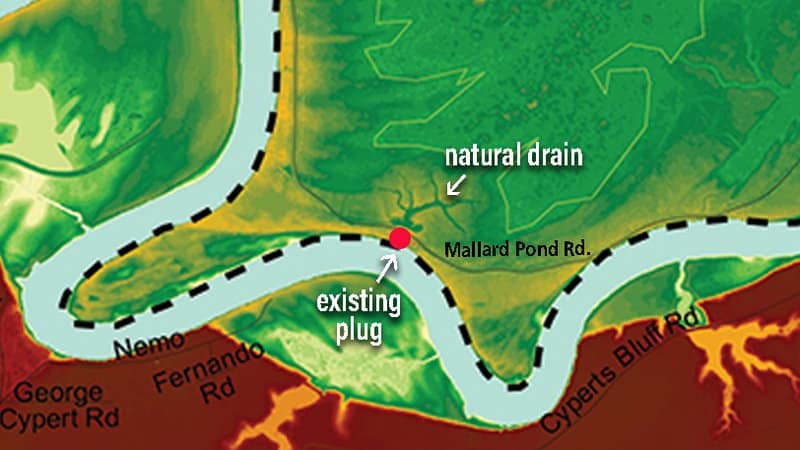
March 19, 2021
Randy Zellers
Assistant Chief of Communications
GEORGETOWN — People traveling along Mallard Pond Road in Henry Gray Hurricane Lake Wildlife Management Area will soon notice some changes to their route to help eliminate drainage issues responsible for declining forest health on the WMA. AGFC contractors and staff are gearing up to open many plugged drains along the road this year, replacing them with bridges and low-water crossings.
Biologists have identified seven primary drain plugs and structures along the road impeding the flow of water that will be removed and an eighth location that will be remedied if budget and construction time allow.
“The road is essentially acting as a levee, and these plugs were placed over the years to hold water back and increase reliable flooding, but we need to manage this area differently if we are going to benefit the forest and the waterfowl that use it in the long run,” Luke Naylor, AGFC waterfowl program coordinator, said. “We have to let water rise and fall in the system if we’re going to save it, and these plugs need to go.”
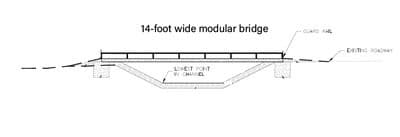
The project is part of the ongoing battle the AGFC is fighting to maintain the health of seasonally flooded bottomland hardwood forests known as greentree reservoirs on public land in Arkansas. These artificially flooded areas have provided habitat for mallards and other waterfowl for decades, and play a large role in Arkansas’s reputation as the duck-hunting capital of the world. However, changes in the amount of water coming through the system and flooding when the trees are not dormant have taken their toll on many of the species that once provided food and shelter for wintering ducks. Willow oaks, Nuttall oaks and other desirable red oak species have been replaced by overcup oaks and other less beneficial trees, and in some cases, even those water-tolerant species have been killed.
Buck Jackson, AGFC wetlands program coordinator, says the work to restore the drains should only take a couple of months if weather and water levels on the White River cooperate, but the water levels on the White River are dictated not only by local weather but rain throughout the entire watershed.
“Beaver Lake, Table Rock, Norfork Lake, Bull Shoals and all of the White River system has seen huge amounts of water in the last decade, which has added to the problem, as well as stalled some construction efforts,” Jackson said. “We’re dumping more water into a bathtub that has a clogged drain, and there’s just nowhere for the water to go.”
The funds from this portion of the Hurricane Lake restoration were secured through a $1 million North American Wetlands Conservation Act grant written by and awarded to Ducks Unlimited, in which the AGFC has partnered to provide matching funds and services. The AGFC and DU will provide $100,000 of new matching contributions, with the federal grant providing the remaining 90 percent of the construction cost.
“We have partnered with Ducks Unlimited on projects using NAWCA grants in the past,” Jackson said. “It’s a long, complex process, which can be painful for hunters wanting instant results, but this is a complex problem, and doing things the right way takes time.”
The grant originally was intended to conduct work on the north GTR of the WMA, but a major die-off discovered in summer 2018 on the south GTR caused the AGFC to switch gears and ask DU to get permission to use the grant for this project, which is focused around that location.
“Ultimately, the water has to leave the system through some of these drains, so it benefits both areas,” Naylor said.
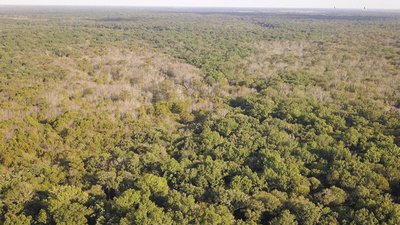
Since the discovery, contractors have been able to mulch many of these drainage ditches in the south greentree reservoir, enabling more flow through the system. That was only a small step in a long journey to recovery.
“The mulching essentially cleared debris and restored the amount of water the drains could move, but we need to pull these plugs so water can now leave the WMA through those historical paths to the Little Red River,” Naylor said.
Naylor and Jackson both say this portion of the Hurricane Lake WMA restoration will help but is by no means a magic bullet that will save the system on its own.
“We’re talking about moving water through a 17,000-acre WMA with a lot of infrastructure that needs to be repaired or replaced,” Jackson said. “We still have a long way to go.”
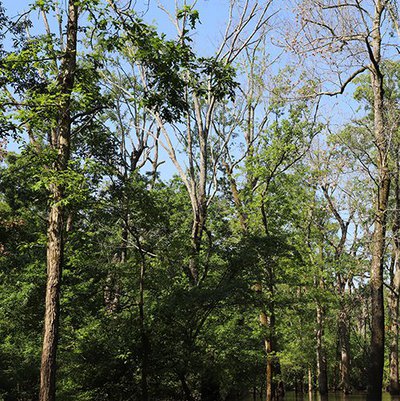
Jackson says the AGFC has already partnered with DU for another NAWCA grant in an effort to keep the ball rolling at Hurricane Lake. If successful, they will be able to tackle the next challenge in the restoration: the replacement of a water-control structure on Glaise Creek, which regulates water flow in the north GTR and also influences water levels in the south GTR. The current structure will be replaced with an open structure that will enable the water to rise and fall naturally instead of holding water on the trees.
“It’s essentially a weir that doesn’t allow the system to fully drain,” Jackson said. “Moving water through the system properly requires this pinch point to pass at least 8,000 to 11,000 cubic feet of water per second. The current structure doesn’t allow half of that volume. That slowdown of water also lets sediment gather at the base of the structure, impeding flow even more. It’s like we’re trying to drain a swimming pool with a garden hose and that hose is halfway clogged.”
Visit agfc.com/gtr for more information on the ongoing effort to restore and maintain Arkansas’s famous green timber waterfowl hunting areas.
Recent News

CWD-positive deer found in Grant, Sevier counties
Dec. 19, 2025
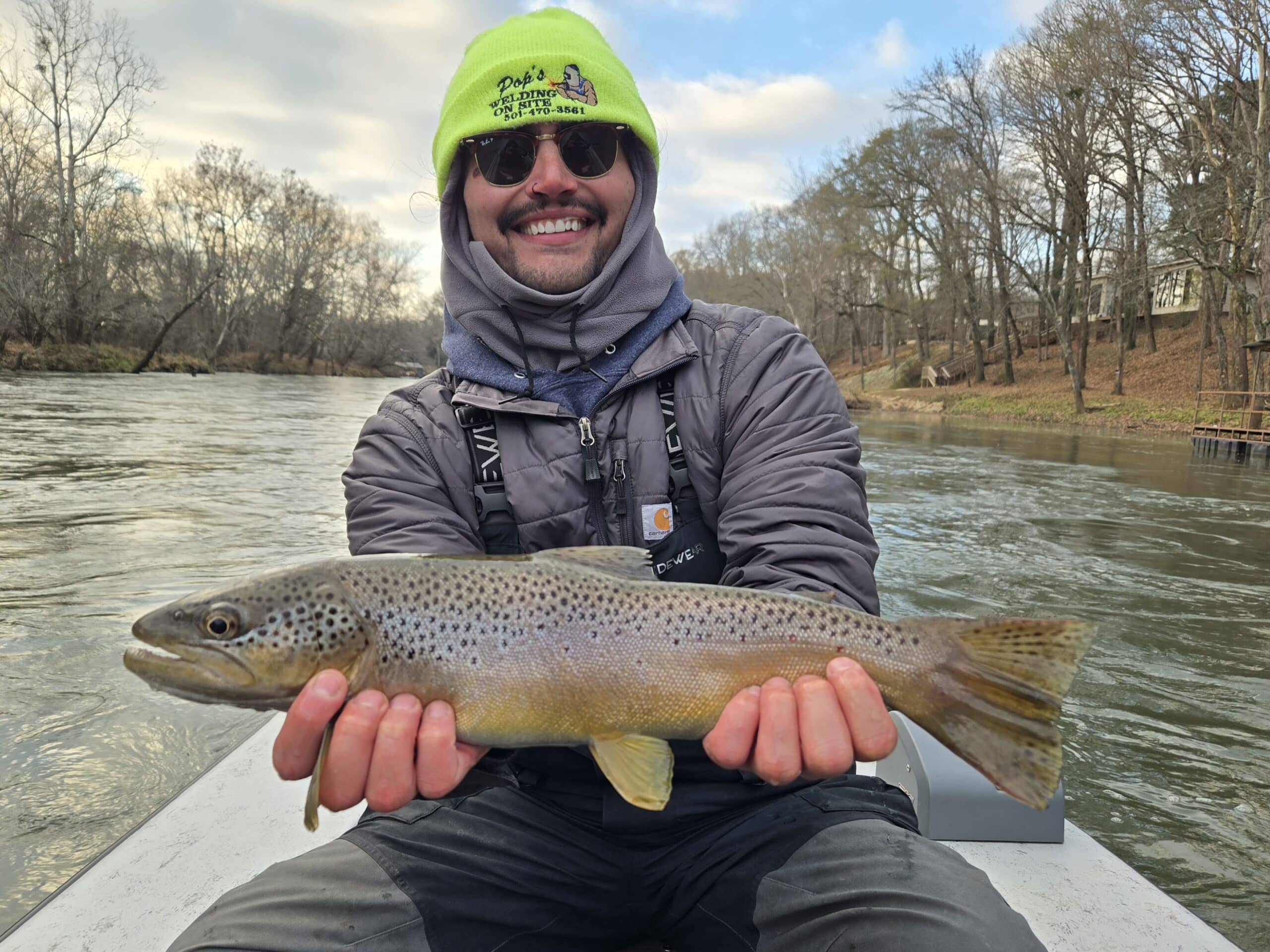
Arkansas Wildlife Weekly Fishing Report
Dec. 18, 2025
Subscribe to Our Weekly Newsletter E-mails
Don’t miss another issue. Sign up now to receive the AGFC Wildlife Weekly Newsletter in your mailbox every Wednesday afternoon (Waterfowl Reports are published weekly during waterfowl season and periodically outside the season). Fishing Reports arrive on Thursdays. Fill in the following fields and hit submit. Thanks, and welcome!
